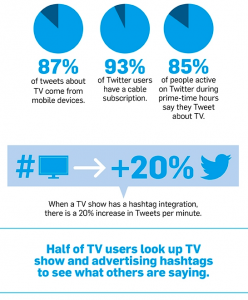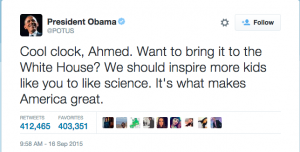By ISABELLA MESQUITA
Founded by two college grads in 2013, Yik Yak is an app commonly used by college students to post anonymous jokes and gossip that wouldn’t be shared otherwise. However, what was seen as a fun way to interact, actually turned out to be a mean of verbal abuse and threat to many.
This Tuesday, a student from the University of Missouri was arrested after posting threats and racist commentary on Yik Yak.
Nineteen-year-old Hunter M. Park said he was going to “stand (his) ground and shoot every black person he saw.” Consequentially University of Missouri was able to identify him through his device’s IP address and arrest him on the next day.
This is not the first time Yik Yak faces problems with threats and harassment.
Similar posts happened in the following universities:
- Charleston Southern University – threats of mass shooting – November 2015
- Emory University – threats of mass shooting – October 2015
- American University – racist commentary – October 2015
- Florida Atlantic University – threats of shooting – September 2015
- Clemson University – racist commentary – January 2015
- Kenyon College – threats of violence and sexual assault – October 2014
Whether the app is good or bad, lies on each person’s opinion, however something has to be done about the students that post such comments and what causes them to behave in such manner.
Removing the app from the market or banning from school areas will not decrease harassment, racism and threats. The problem is much greater and concerning than a mere phone app.
Something is wrong, and as bad as it may seem, Yik Yak actually help us realize that something has to be done. Be it good or not, Yik Yak will remain the same, what has to change are the users themselves.


